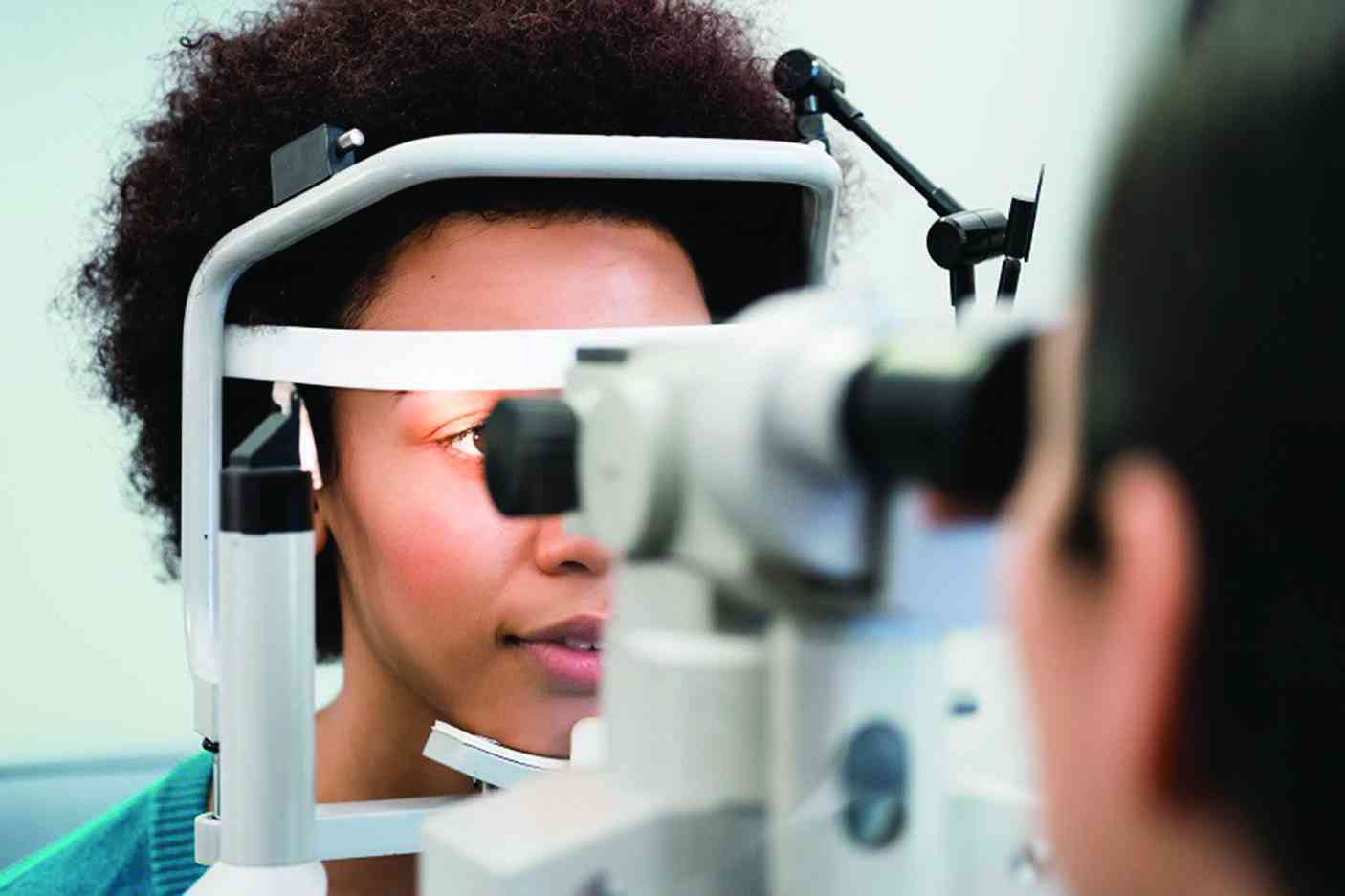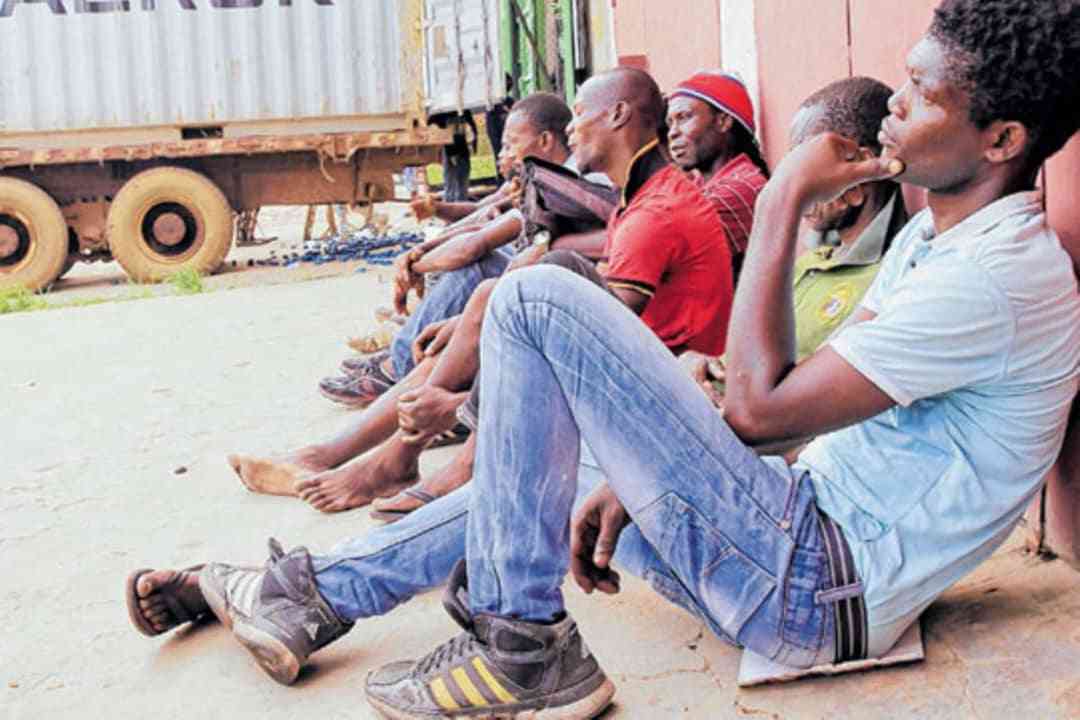BY MOSES MUGUGUNYEKI
Selling two of her heifers was the only option left for Shamiso Makechemu to save the life of her expecting 15-year-old daughter.
Makechemu of Chiedza village in Kairezi ward 23 in Muzarabani district was compelled to sell the two beasts and her smart phone to raise money to take her daughter to St Albert’s Hospital, some 200km away, where she had been referred to by the local clinic.
Her daughter’s husband was not forthcoming with support for his wife, who eventually had to deliver via caesarean section.
Their nearest primary health centre is 18km away, but in Mbire district while Chiwenga Clinic in her district is 25km away.
Both health centres are ill-equipped and operate with skeletal staff.
“If I did not have those two heifers what would have happened to my daughter, who had pregnancy complications?” Makechemu asked.
“There was nothing else to sell and yet the hospital wanted US$250 for the operation and transport for both of us was around $60.
“I even sold one of my smartphones to supplement the money I had realised from the sale of the two beasts.”
She told The Standard that many women of reproductive age in the area were dying from pregnancy complications, mainly direct obstetric issues ranging from haemorrhage, early pregnancy to obstructed labour.
“We have seen many women dying while giving birth.
“Some die before they go into labour while others die after giving birth. It’s so sad because some of these deaths would have been avoided if we had health centres nearby,” Makechemu said.
“Most women die while giving birth at home because they cannot afford to travel to St Albert’s Hospital when referred due to pregnancy complications.”
She said home deliveries were widespread in the area due to poor access to health facilities and low-quality health care delivery.
According to the UNFPA, maternal mortality in Zimbabwe currently stands at 614 deaths per 100 000 births, one of the highest maternal mortality rates in the world.
The organisation said complications during pregnancy and childbirth were the leading causes of death and disability among women of reproductive age [15-49 years] in Zimbabwe.
Data also indicates that maternal mortality rate is higher in rural communities compared to urban areas with most of these deaths being largely attributed to inadequate financing of maternity programmes, illiteracy among the women and tradition and culture, usually enforced by men to the disadvantaged of the women.
Many rural women have limited access to skilled professionals for maternal care.
The Zimbabwe Demographic and Health Survey 2015 says nearly one quarter (23%) of women in the country give birth without skilled assistance.
Harrowing tales have been told of people risking lives in Muzarabani, ferrying pregnant women across flooded rivers to get transport to the hospital while a number of women have lost their lives while giving birth under the watch of traditional birth attendants.
“There are many incidents where villagers have risked their lives crossing flooded rivers to get transport to get to the hospital,” said George Chidziva from Kairezi ward.
“We had an incident where we had to cross the flooded Hoya River carrying an expecting woman, who had been referred to St Albert’s Mission Hospital.
“We managed to cross the river, but the expecting mother died before we reached the hospital.”
Environmental health technician for Chiwenga ward Milton Hwayerera said maternal deaths could be avoided if expecting mothers sought health services earlier.
“We have had challenges in engaging communities, especially expecting mothers to seek health services early and get assisted on time if they have complications,” Hwayerera said.
“The villagers trust traditional birth attendants more than modern health centres.
“They only come to clinics when they develop complications, and for many it would be too late.
“We have had cases of women dying on their way to the clinic, while many are dying under the care of traditional birth attendants.”
Hwayerera said Chiwenga clinic had a big catchment area, taking care of patients as far as 25km away, while other patients came from across the border in Mozambique.
“Sometimes distance compels expecting mothers to opt for home deliveries,” he said.
“It’s so burdensome for an expecting mother to come to the clinic 25km away just for check-ups.
“They would rather come when they are due for labour and in most cases they would not be registered.
“The situation is made worse by the fact that the clinic does not have a maternity waiting shelter.
“Most expecting mothers only come after suffering labour pains and deliver before reaching the clinic.”
He said information on those that died while giving birth outside the clinic was hard to come by and that some maternal deaths were not recorded.
This publication established that the country uses the civil and vital statistics system to capture maternal mortality data, a system that is regarded as flawed and uncertain.
According to a recent study by the Zimbabwe Maternal and Perinatal Mortality Study group titled Protocol for Analysing the Epidemiology of Maternal Mortality in Zimbabwe: A Civil Registration and Vital Statistics Trend Study, “Sub-Saharan Africa carries the highest burden of maternal mortality, yet, the accurate maternal mortality ratios are uncertain”.
The data collection system, the study says, relies mainly on information from the civil registry department, thus government birth and death registration records as well as data from health facilities.
Investigations carried by The Standard showed that the majority of women in Muzarabani did not have birth certificates and most of those dying while giving birth were being attended away from health centres, making data collection cumbersome.
“Some women die while delivering at home and that is not recorded.
“The women don’t keep birth records to facilitate burial order or death certificates.
“A traditional leader at times with help of village health worker does most of the work that the civil registry and police are supposed to do and the body is buried,” said Chidziva.
He said because most women in the area were married at very young ages, they were not in the civil registry department records.
“It’s a tradition. These women could have been born at home as well, with no hospital records and they grew up and got married with no birth certificates at all.
“When they die, they are just buried and there are no records left.”
Community Working Group on Health executive director Itai Rusike said measuring maternal mortality was a complex procedure, but the most important process in assessing progress towards reducing maternal mortality.
“Maternal mortality is one indicator of women’s health,” Rusike said.
“The lack of available data on the distribution of maternal mortality makes it difficult to track the distribution of progress or to ensure that resources reach those with highest mortality burdens.
“Disaggregated information on maternal mortality would help identify those with highest risk.
“Programme targeting and general improvements in access to sexual and reproductive health services underway could then be complimented by more focused measures to address supply and uptake barriers to use of services in more vulnerable groups.
“There is need to intensify awareness activities in the community working together with village health workers and key community gatekeepers on importance of early booking, attending antenatal care according to guidelines, on danger warning signs in pregnancy and delivering at a health facility.”
Rusike said government should come up with strategies meant to reduce the number of maternal deaths in marginalised communities.
“The Health and Child Care ministry should improve service delivery to reduce maternal deaths by strengthening access to family planning services, improving quality of care during antenatal care, labour and after delivery,” he said.
“There is also need to strengthen life-saving skills of doctors and nurses in remote areas so as to save lives.
“Health workers need to be charged for negligence using appropriate statutory instruments.
“The government should strengthen initiatives to improve reproductive, maternal, child and adolescent health status of its people by allocating adequate domestic resources instead of the current over reliance on donor funds.”
The Zimbabwe Red Cross Society [ZRCS] with the support of the Finish Red Cross is building a maternity waiting shelter at Chiwenga Clinic.
“After community assessment of needs, we realised that most women have challenges when it comes to giving birth.
“They are forced to travel long distances to the clinic when they are due, something that might cause complications,” said ZRCS secretary-general Elias Hwenga.
“We hope the maternity waiting shelter will go a long way in reducing maternal mortality rates in the area.”
Muzarabani North MP Soda Zhemu said efforts were being done to improve the health delivery system in the area.
“There is a lot that is happening in the constituency to address the health challenges,” Zhemu said.
“Work is in progress. We are strengthening health facilities in Hwata, Muzarabani centre, Machaya, Chadereka, Dambakurima and Chiwenga.
“We also have new clinics that are about to be commissioned at Utete and Kapembere while there are plans to establish health posts at Gumbochuma and Kairezi.
“The idea is to evenly distribute healthcare across the constituency and shorten the distance that our people travel to the nearest health centre.
“We are also planning to have a health facility in every ward and we want to make sure that every clinic in the constituency has a mothers’ shelter.
“These facilities have mothers’ shelters, but we want to expand them, for instance at Machaya, we are expanding the facility to accommodate 15 expecting mothers at a time.”
Zhemu said Muzarabani North was behind in terms of healthcare but efforts were being done to address the situation.
He said work on the constituency’s major roads was in progress, thanks to the Emergency Road Rehabilitation Programme.
“Work on one of our major roads that links Muzarabani and Mt Darwin, passing through Hoya and Kaitano has just started under the Emergency Road Rehabilitation Programme [Phase 1 & 2] spearheaded by His Excellence President Emmerson Mnangagwa,” Zhemu said.
“This is the major road that connects most parts of Muzarabani North, including areas such as Chadereka, Machaya and Maungaunga, among others.
“Hoya bridge, which for years had cut off Muzarabani centre and the northern parts of the district after it was destroyed by heavy rains was repaired and opened for traffic a few months ago.
“A proposal has been made for the construction of another bridge on the same river [Hoya] in Chimoyo.
“Meanwhile, villagers can use the ‘Bhinya Road’ to connect to Hoya Bridge and cross when it rains.”





